Share
Niso meskanawa epimoteyak (We are walking on two roads)
Back to MessengerRead time: 3 minutes
By Kihew Iskwew (Eagle Woman), Colleen McDonald
“What made you choose a career pathway in health?”
When I ask people this, the answer is usually along the lines of, “I want to help people.”
The desire to care for others is the foundation of medicine. Maybe there’s the draw of lifelong learning, the desire to be a leader, or the pull of innovative technologies. But behind every statistic, every test and every chart is a person.
People are complex, vulnerable and constantly evolving. Every person has a unique set of experiences that intertwine to create the person they are at this exact point in time. Everything from their morning routine to the way they communicate is shaped by the experiences that came before. Unfortunately, for many Indigenous people living in Canada, those experiences include residential schools, the Sixties Scoop, Indian hospitals and forced sterilization.
Knowing this, it’s not surprising that many First Nations, Métis and Inuit people have developed a deep mistrust in health care. At our most vulnerable, we have faced trauma, discrimination and a severed connection to our cultures and communities.
I can’t count the number of times I’ve heard about an Indigenous person whose health concerns were dismissed or minimized. In fact, I recently heard a story about an Indigenous person who was initially told they had broken their arm in one place, but after getting a second opinion, found out their arm was actually broken in multiple places. Unfortunately, my family and I have also been misdiagnosed and treated poorly ourselves. Although it’s difficult to distinguish between error and deliberate poor treatment, if healthcare workers aren’t conscious of their words and actions, it can be detrimental for Indigenous patients—to the point where we stop seeking care altogether.
After generations of our Peoples being minimized, overlooked, judged and exploited, Indigenous people want to know that they matter. We want to feel seen and validated. Most of all, we want to feel safe.
One way we can start to mend these relationships between the healthcare system and Indigenous people is learning to walk in both worlds together. That is, learning to have one foot in western medicine and the other in traditional Indigenous culture and medicine.
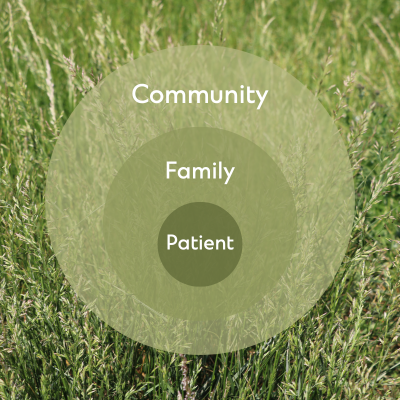 |
The best way to do this is through education, by creating curriculum that ensures cultural safety and recognizes the distinctions between each First Nation, Métis settlement and Inuit community. Educate medical students on not only anatomy and physiology, but on Indigenous history, ceremonies and traditional medicines. When teaching students about the national and provincial health systems, share how First Nations health systems and structures work. Recognize the significance of not only physical health, but also mental, emotional and spiritual health in Indigenous cultures. Acknowledge the importance of the family and community to the health of the individual. Teach students things they can’t get in the classroom.
Educating students will result in healthcare providers with a better understanding of the experiences that have shaped the First Nations, Metis or Inuit person sitting next to them.
Historically, there has been a lack of understanding and consultation between the healthcare system and Indigenous Peoples. We have a Treaty Right to Health that is protected by the Constitution and is international law. First Nations need to be present at decision-making tables and in leadership positions. We want to be part of the conversations that affect us and know that the priorities for our people will not be minimized. One of my guiding principles is, “Nothing for US without US…in order to be for US it must be with US.” Making these intentional education and inclusion efforts can help to repair the trust that has been broken between the healthcare system and Indigenous people.
Most, if not all, physicians go into medicine with the best of intentions, but sometimes people get lost or stuck along the way. It can be difficult to change something you’ve been doing for years, but I implore you to try. Please remember and understand that many Indigenous people have experienced trauma directly or come from a line of generational trauma. When you’re providing health care, I ask you to see the human in the patient and be kind in how you deliver care. By working together, we can achieve miyo macihowin (good health) for all. Remember why you wanted to work in health care in the first place.
Kinanaskomintin (thank you).
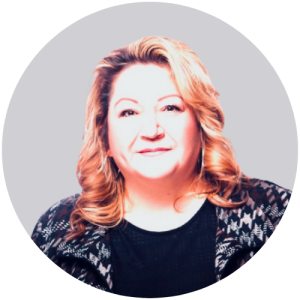 |
Kihew Iskwew (Eagle Woman), Colleen McDonald, is a proud Cree woman, kôkom (grandmother), mother, daughter and sister. She has over 20 years of experience working in First Nations health care. She has sat at many tables, from the grassroots level all the way to the national decision-making level. She is currently the Senior Manager for Sovereign Health, External Affairs in Enoch Cree Nation. |
This article is the intellectual property of Kihew Iskwew (Eagle Woman), Colleen McDonald. The Cree language used in this article is guided by an Enoch Cree Nation Elder.
Related News
All News & EventsJune 19, 2025
Innovative collaboration to support Indigenous and rural health care
June 19, 2025
From Treaty obligations to medical curriculum: embedding Indigenous health in physician training
June 19, 2025
Decolonizing health care: the role of immigrant health professionals
June 19, 2025
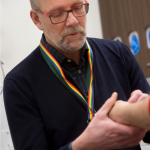
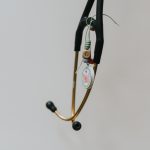
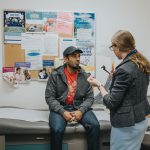
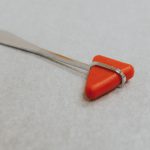
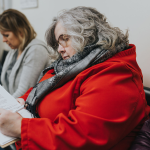

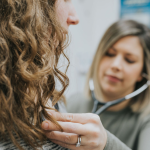
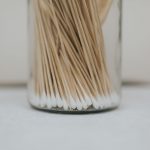
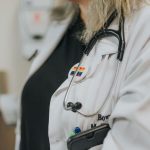
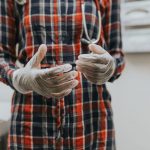
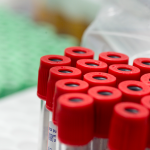
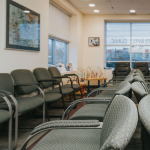
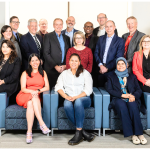
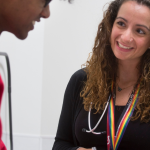
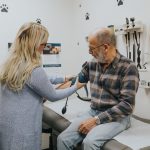
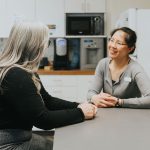

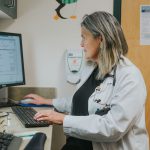
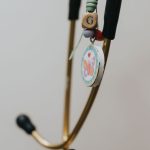
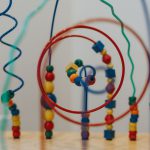
Comments for this post are now closed. If you would like to share your feedback on this topic, please email support@cpsa.ca.